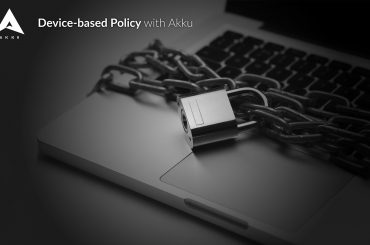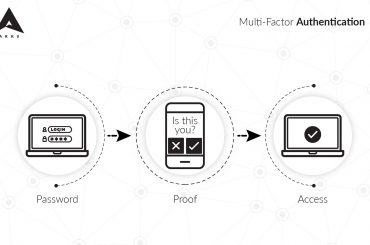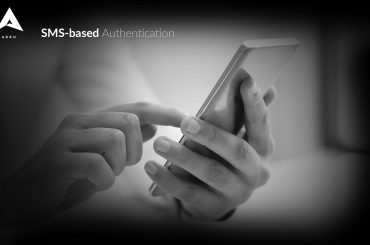Is the only thing standing between your business’ critical data and a cyber attack a set of usernames and passwords? If yes, then it’s definitely time for a security upgrade for your cloud and on-premise applications.
We are increasingly using applications on our smartphones for business and personal purposes. Everyday activities have become much easier and more efficient to perform; what used to take us days to process can take us seconds today.
These activities are becoming central to our lives. That’s why such service providers treat protection of their data and your information as a major area of focus. The same problem is faced by B2B companies or B2E (Business to Employee) applications within a company as well. In all such cases, if even a single account is compromised, then all data stored in your application could come under threat.
As users, we are required to remember several sets of credentials for each of the applications we use. This prompts most of us to set easy-to-remember passwords for each service we use. Some of us even use the same password across all applications! In such cases, it becomes extremely easy for hackers to use a single password to get into all our accounts.
To their credit, companies have been trying to improve their data security by adding additional layers of security, such as company generated tokens and One Time Passwords sent via SMS. Unfortunately, many of those measures are ultimately unsuccessful in protecting organizations against hacking. OTPs sent over SMS networks can be compromised relatively easily since they do not use end to end encryption, making it relatively easy for hackers to get a hold of the content of the messages. Additionally, SMSes depend on mobile network operators, and can be delivered only if the user has a network signal.
Improving Data Security using Multi-factor Authentication
Companies have been quick to recognize the flaws with the ‘user ID/password’ security set-up and have moved towards Multi-factor Authentication, the future of cloud and on-premise authentication.
Multi-factor Authentication solutions include authentication based on biometrics and/or geolocation. Banks and other financial institutions have been the first to use the in-built capabilities of mobile phones and other smart devices to register biometric data. For example, if your mobile phone has the ability to recognize your fingerprints, then your login process can include a fingerprint scan to authenticate your entry into your net banking application. If you are a B2B company, and you allow your employees to use designated devices to do their work, you can use their laptops’ in-built capabilities to perform facial recognition or retina scanning, to allow access only to designated employees.
Geolocation-based authentication can be used to recognize anomalies easily. For example, if you are shopping at a Walmart in New York and want to pay through internet banking, your bank will check the location of your device through its GPS and verify if the request is made from the location from which you initiated the transfer, to confirm its legitimacy.
While using Multi-factor Authentication doesn’t guarantee 100% safe transactions, it will definitely keep you one step ahead of cyber criminals and ensure that your data is secure. Akku from CloudNow Technologies provides Multi-factor Authentication solutions like 2FA security, TOTP, thumb print scanner and Yubikey. In addition to providing your organization’s data with iron clad security, Akku also ensures that you meet statutorily mandated security compliance standards.





